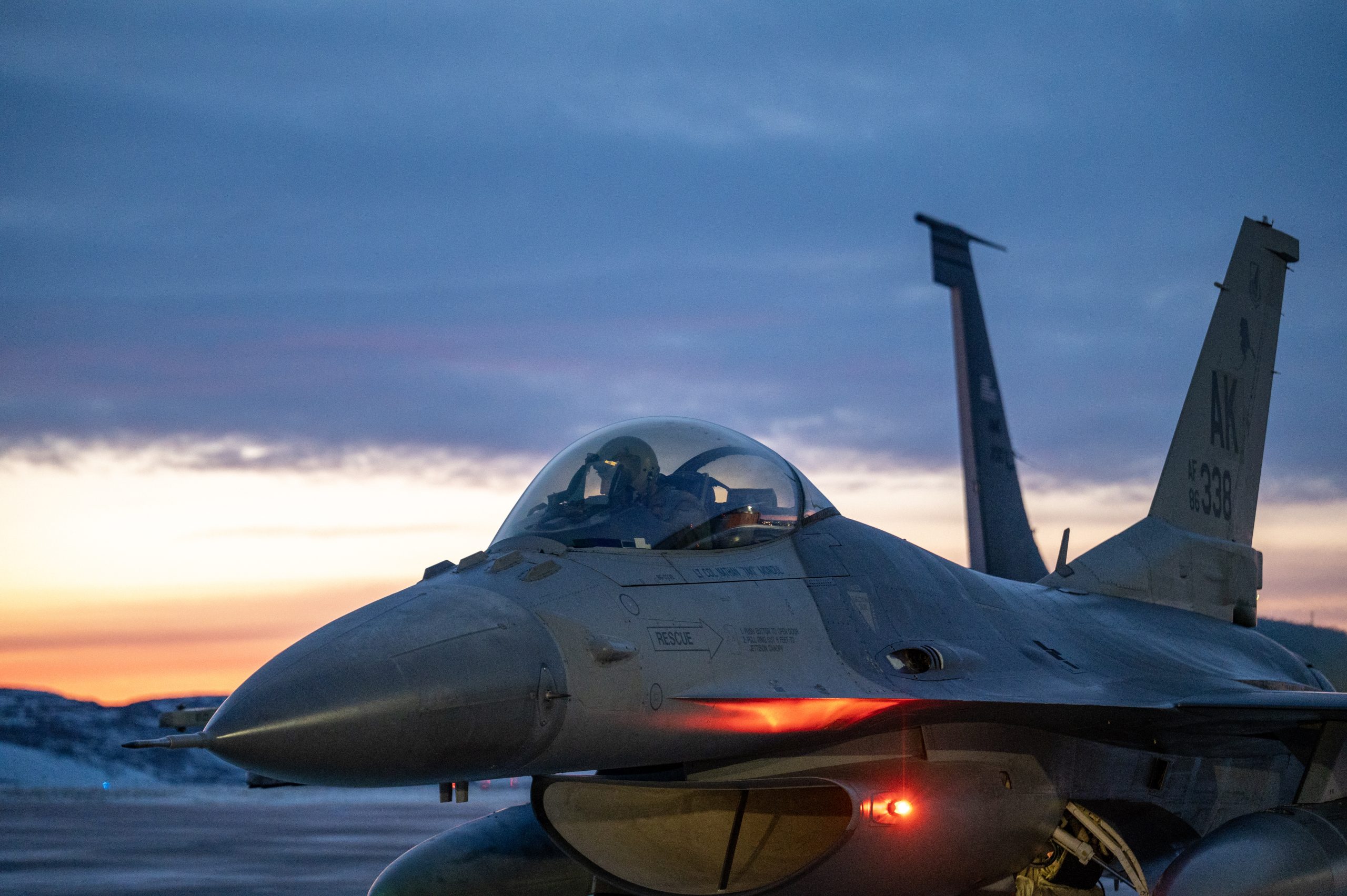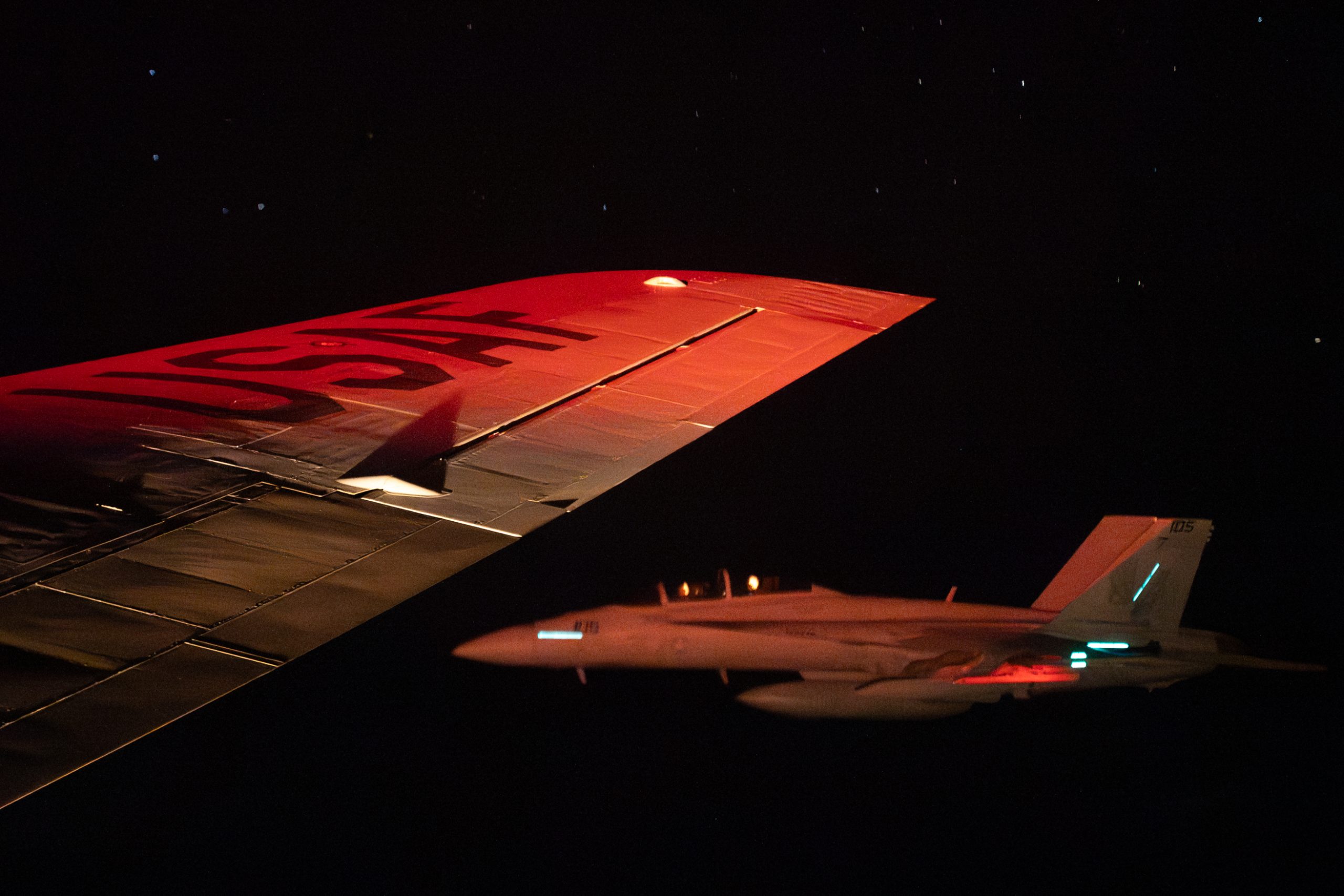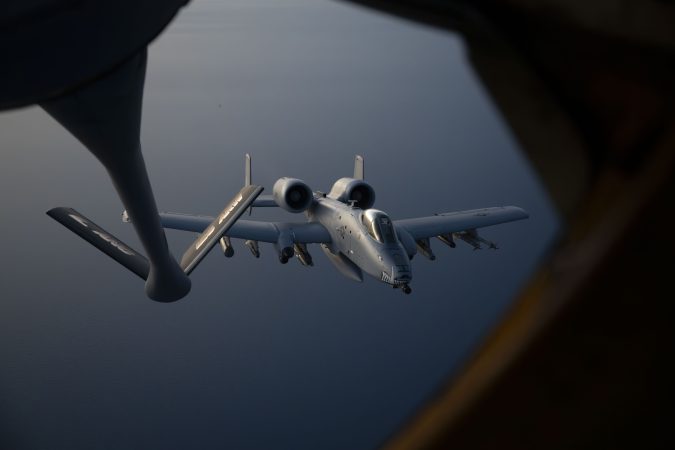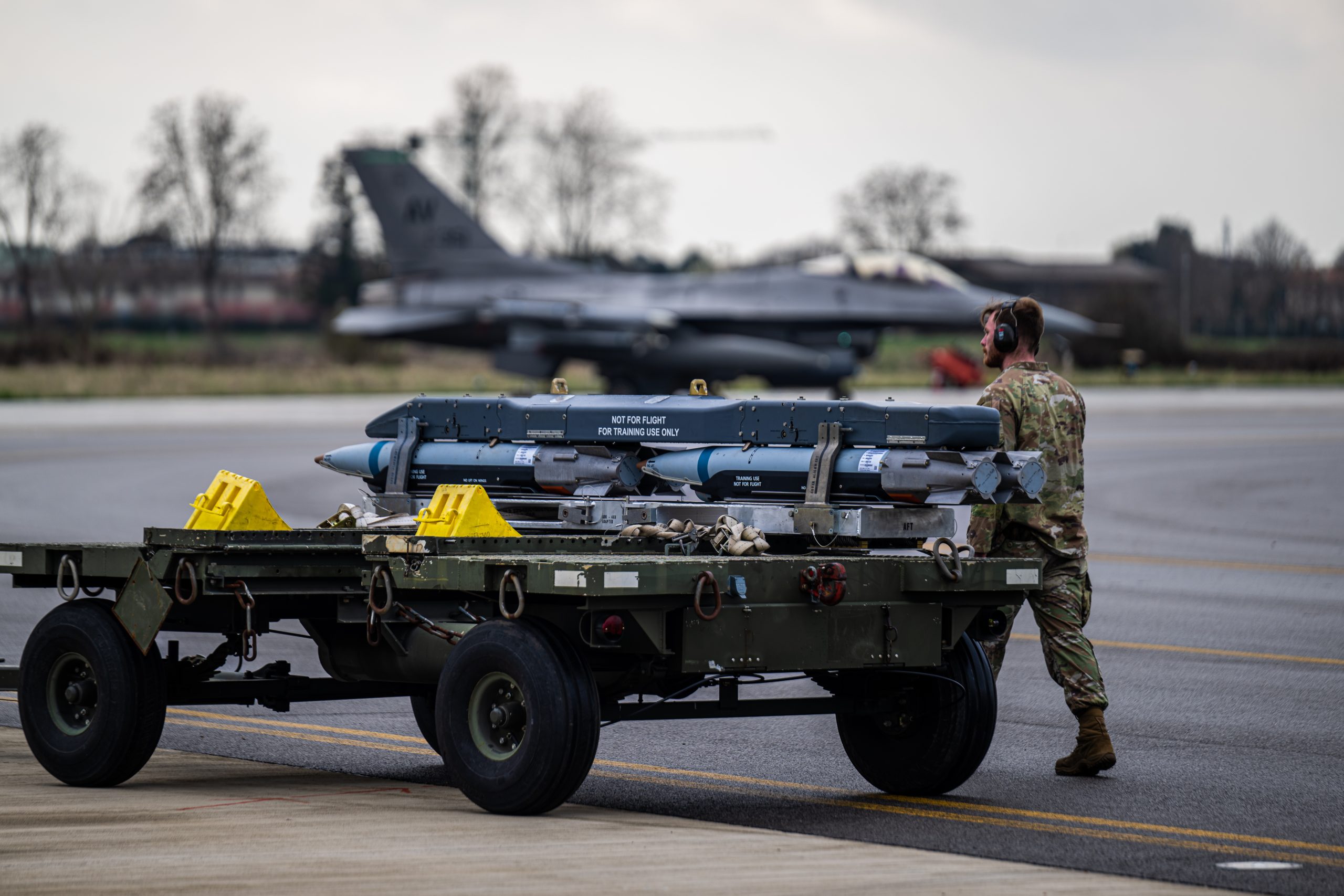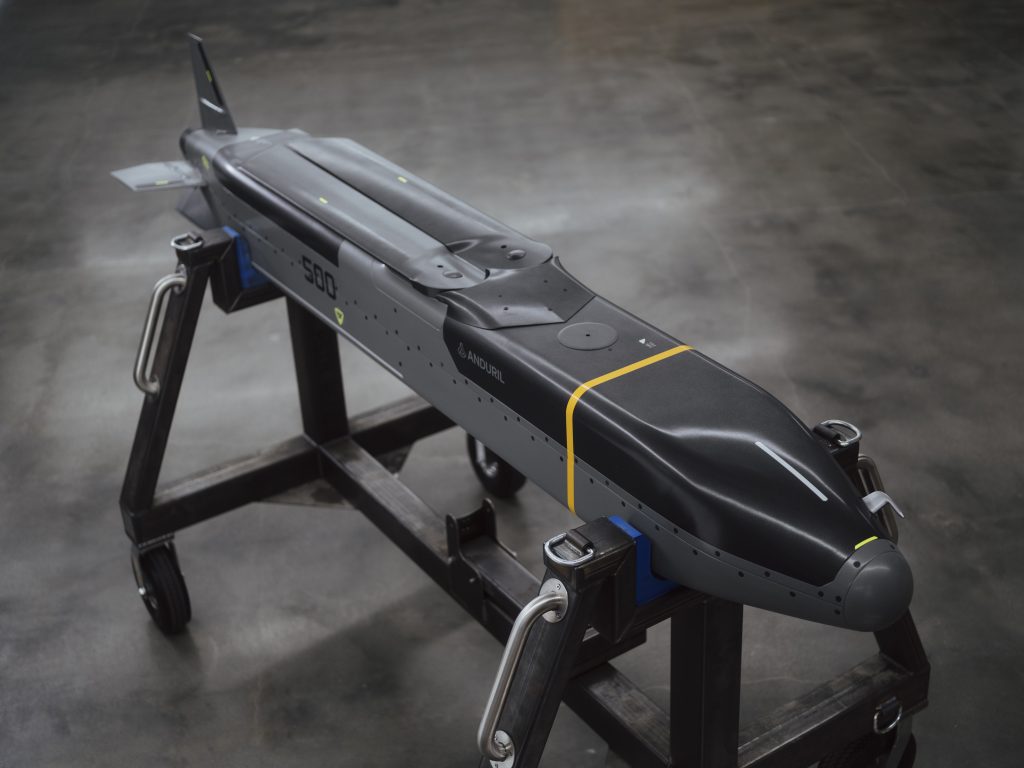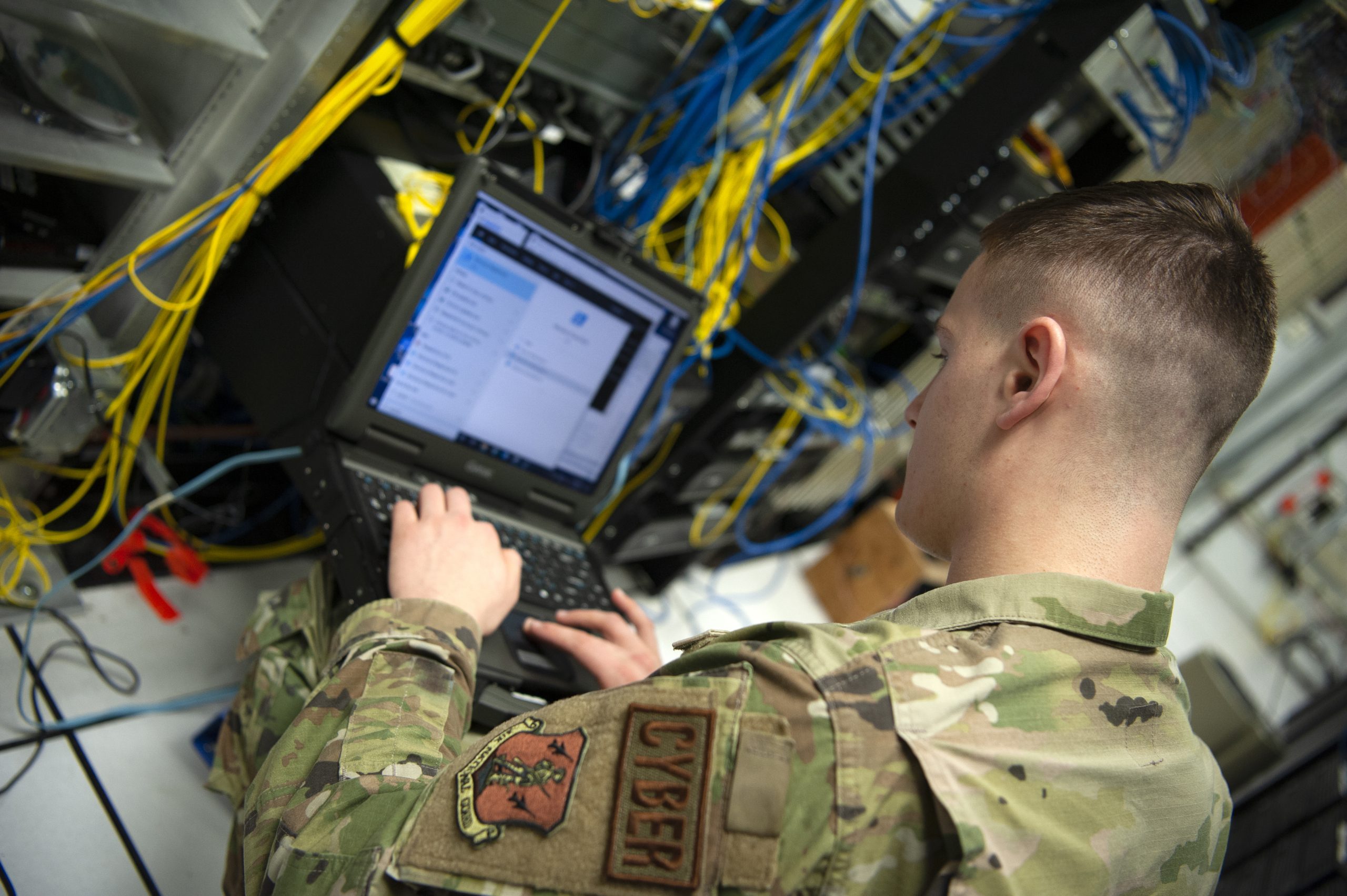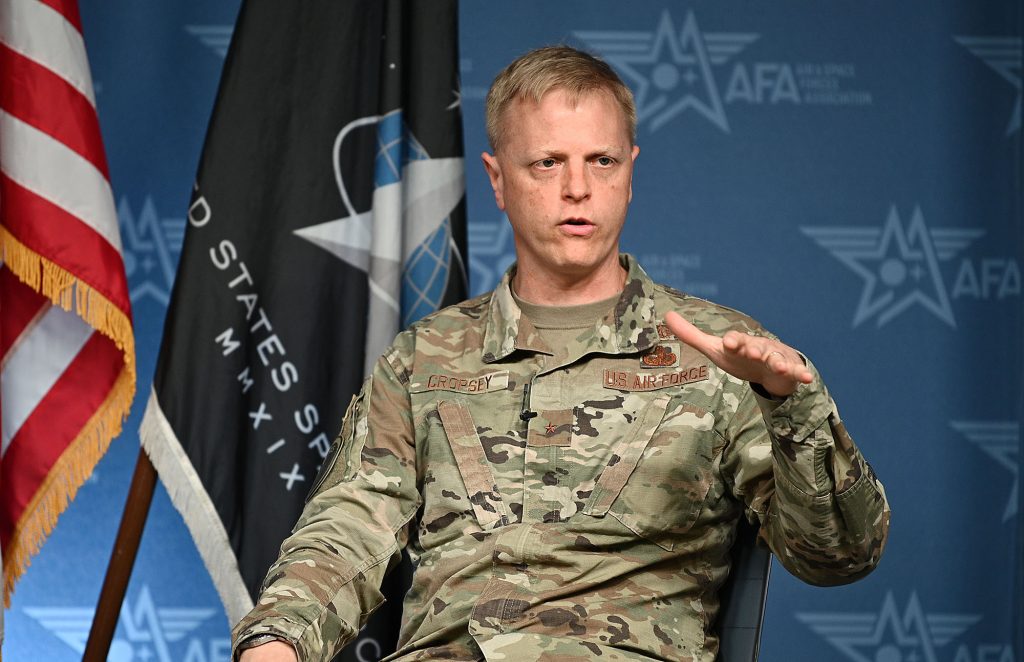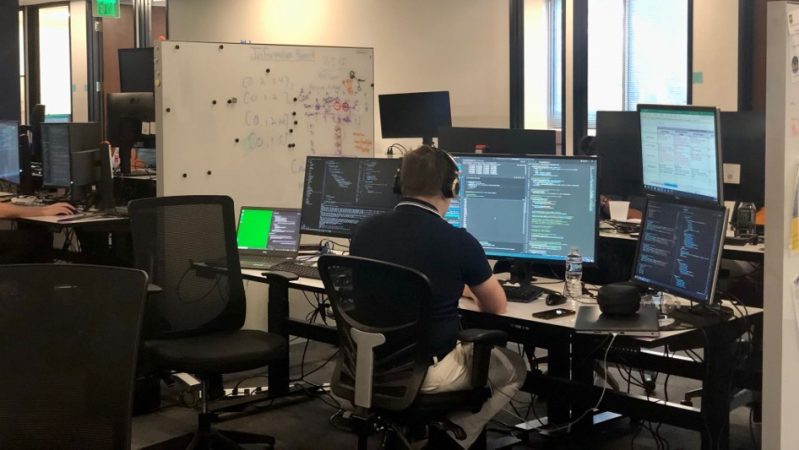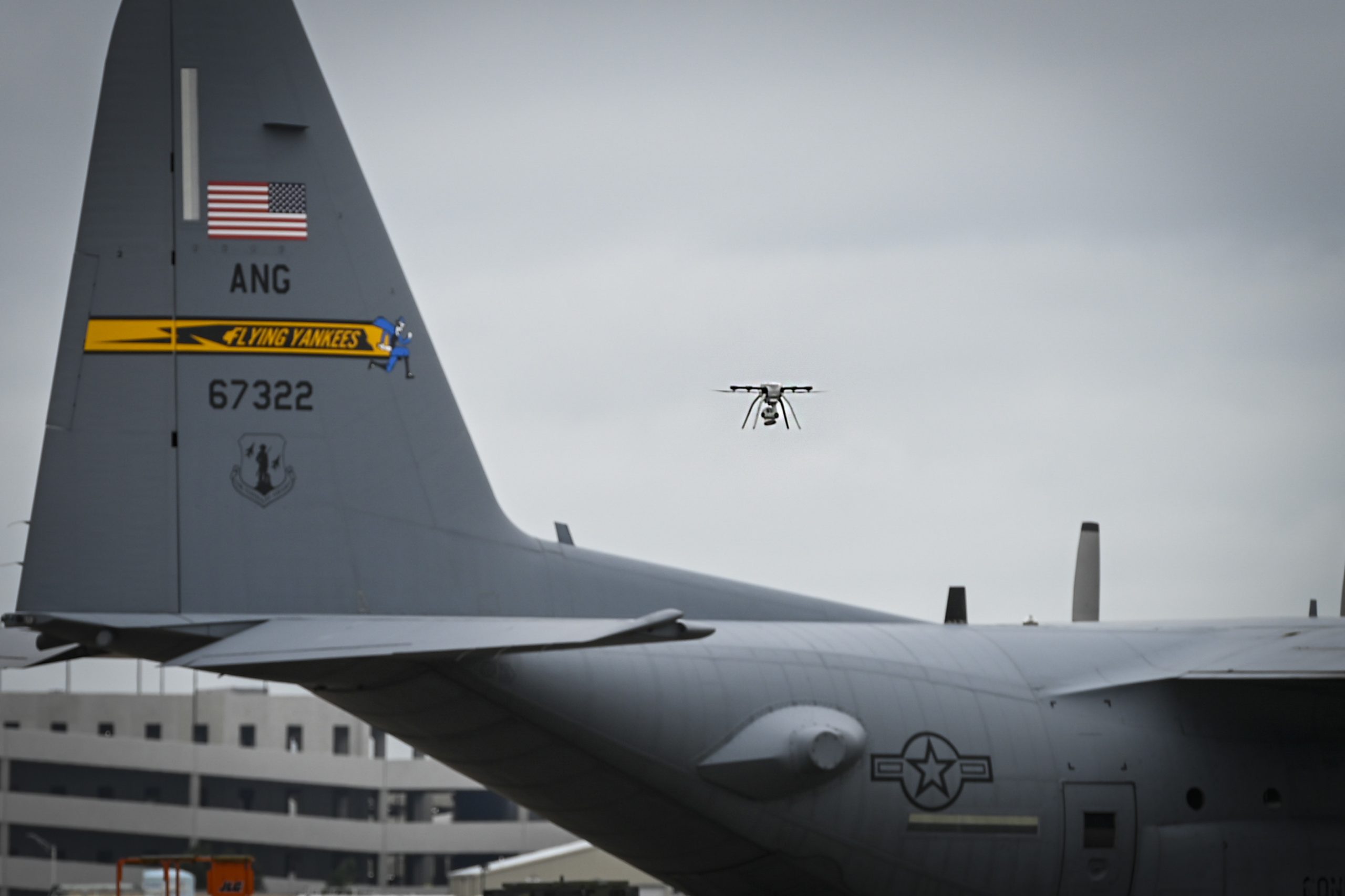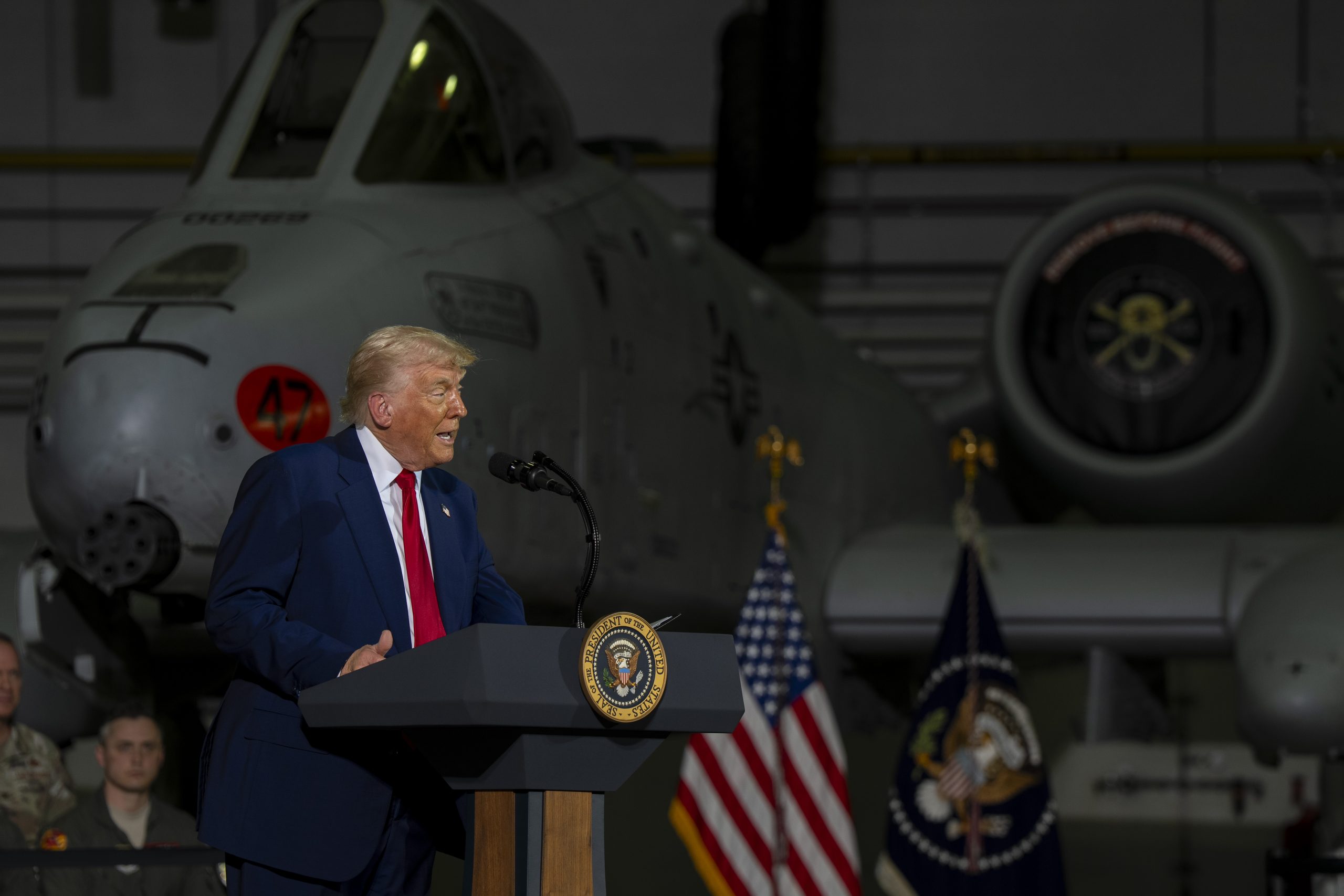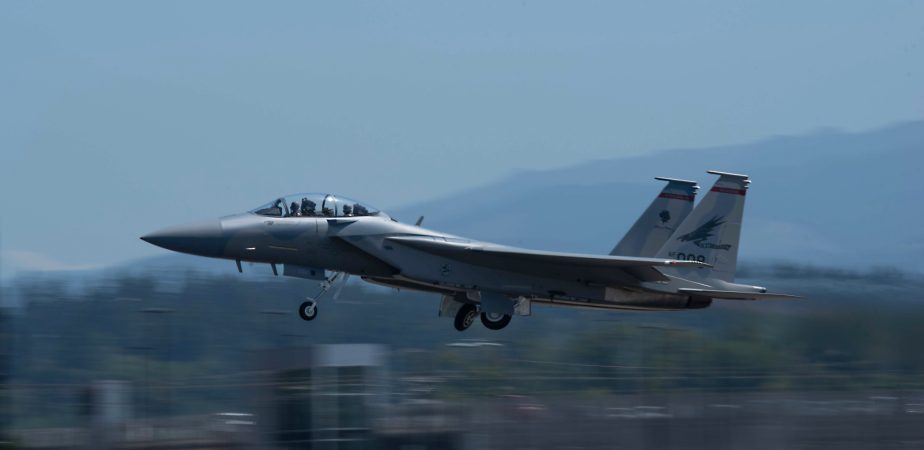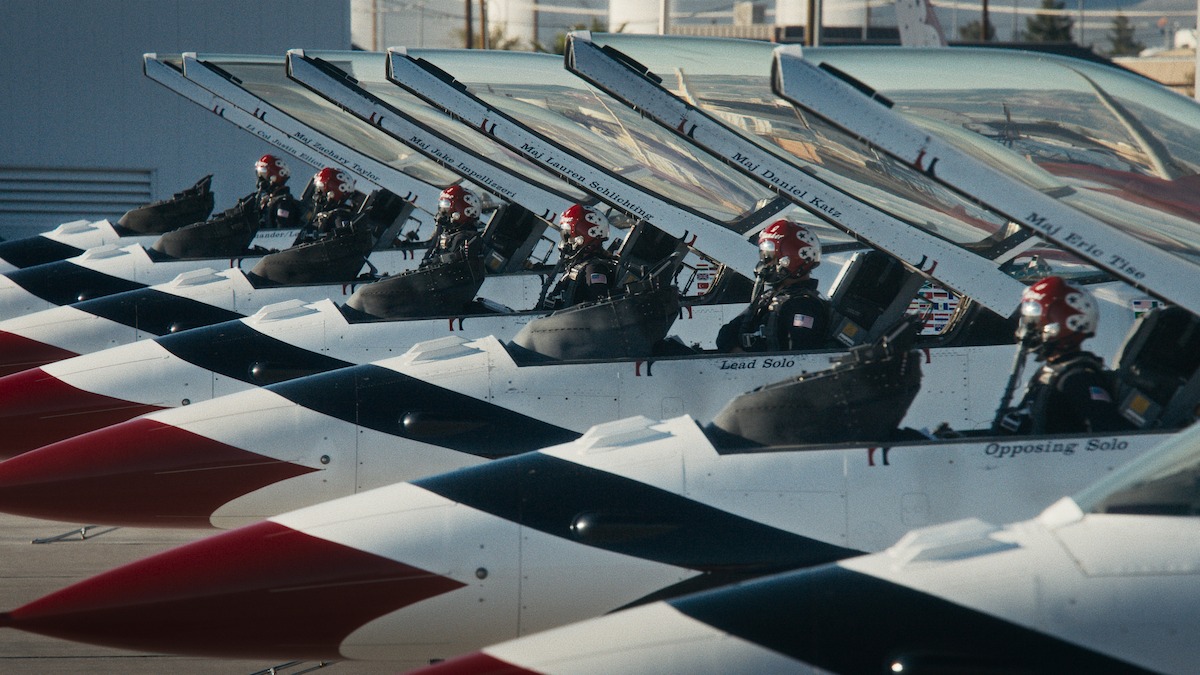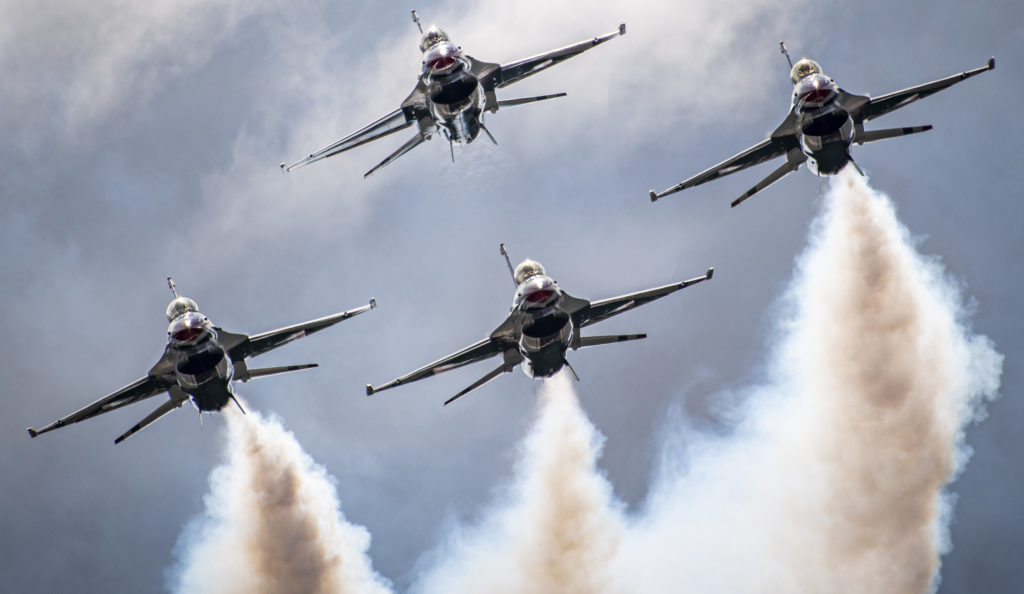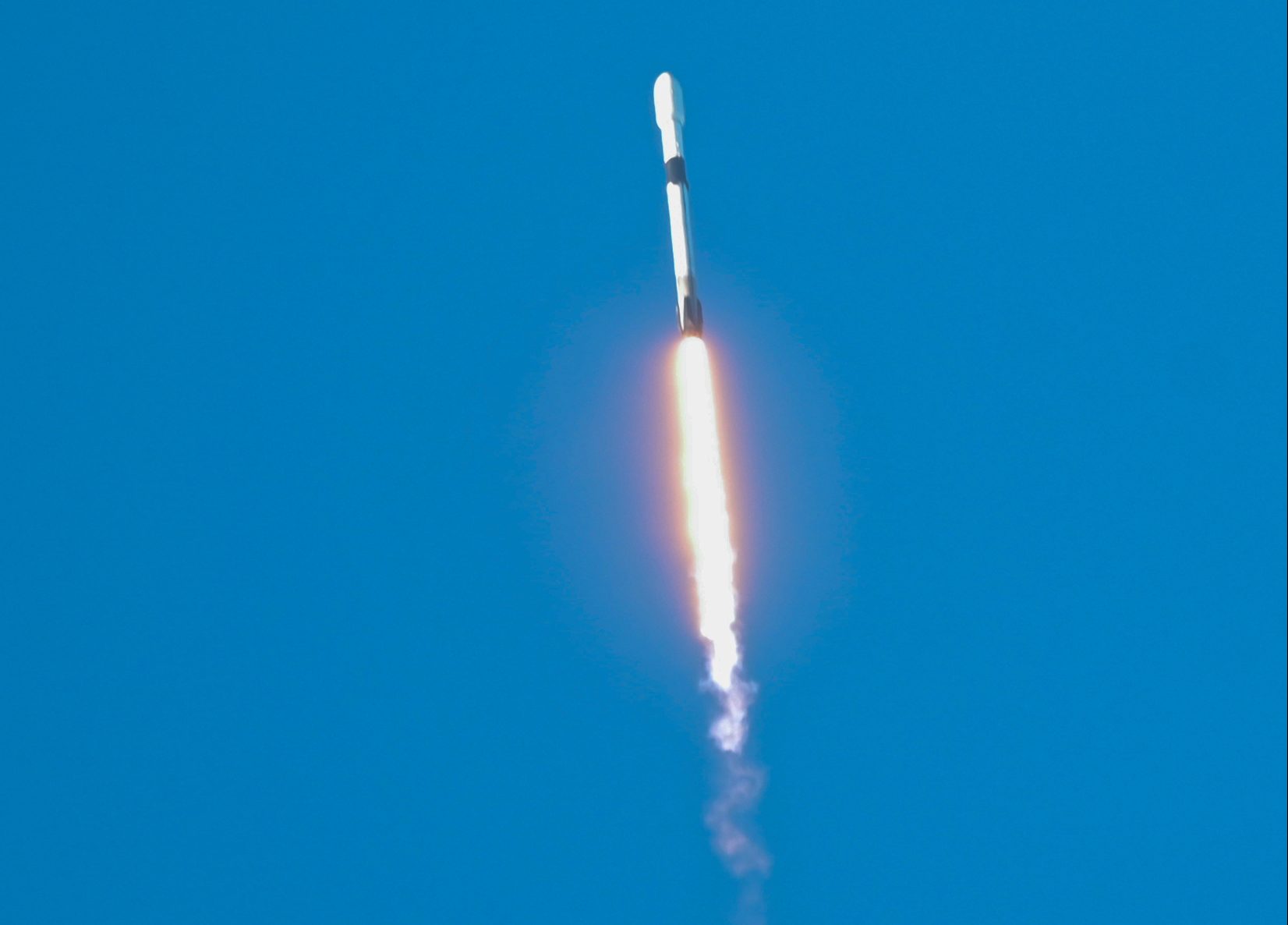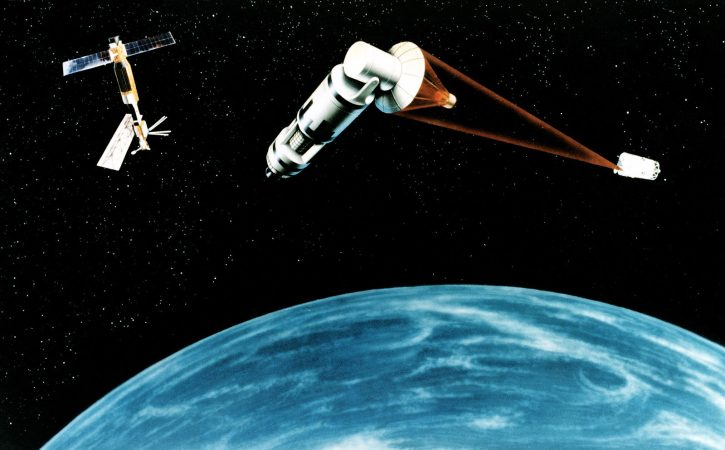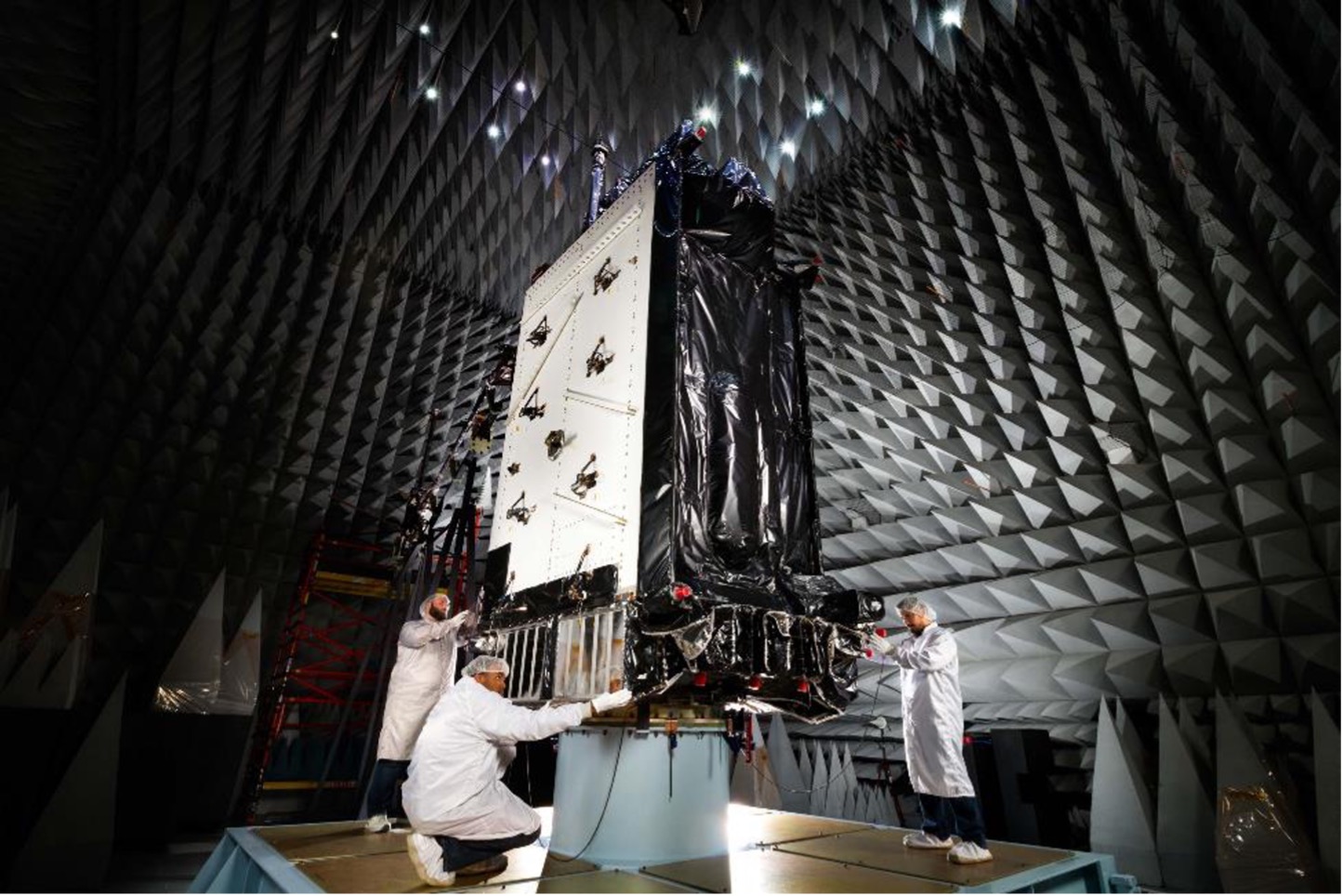Since President Donald Trump first unveiled his “Golden Dome” missile defense initiative in late January, much of the focus has been on space—how the Pentagon may deploy dozens, if not hundreds, of sensors and interceptors into orbit to protect the continental U.S. from missile barrages.
But the Air Force general in charge of homeland defense reminded lawmakers April 30 that fighter jets will play a major role too.
Gen. Gregory M. Guillot, head of U.S. Northern Command and North American Aerospace Defense Command, emphasized the importance of a “layered” approach to missile defense during a House Armed Services Committee hearing.
And when Rep. Don Bacon (R-Neb.), himself a retired Air Force brigadier general, pointed out that “aircraft play a role too” in Golden Dome, Guillot readily agreed.
“I think you’re exactly right,” Guillot told Bacon. “As we envision the entire network, it would include space-based AMTI—airborne moving target indication—which would detect and track aircraft and cruise missiles; a land-based capability such as Over-the-Horizon Radar; and certainly fighter aircraft with capable interceptor missiles to defeat cruise missiles.”
Bacon noted that Guillot’s predecessor, Air Force Gen. Glen D. VanHerck, had expressed concern about having enough aircraft on alert. And Guillot himself has said he is working to find the right balance of “just-in-time” and “just-in-case” forces.
NORAD and NORTHCOM regularly scramble fighters to intercept Russian aircraft that come near North America, as well as other threats or concerns that pop up around the U.S. Fighters also played a key role in tracking and downing a Chinese spy balloon that transited the continental U.S. in 2023.
But perhaps the most prominent example of how fighters and other aircraft can contribute to the Golden Dome initiative took place over the Middle East last year, when F-15s and F-16s helped shoot down Iranian missiles and drones being launched at Israel.
Bacon noted that success in his questioning, saying that he “would never have thought that we could shoot down 99 percent of 110 ballistic missiles and then later 180 ballistic missiles at a 99 percent [kill rate].”
Fighters engaged and downed many of those missiles and drones in a “first wave” of defense, and ground-based systems took out others later. That combined approach is critical, said Guillot and Lt. Gen. Sean A. Gainey, head of Army Space and Missile Defense Command.
“If there’s anything that we’ve learned over the last year or two years in Israel, the eastern Mediterranean, and Ukraine, it’s that a layered missile defense approach and design is paramount to the large-rate sizes that we’ve seen,” said Gainey.
Space-based interceptors would be a new layer in that defense, albeit a technically difficult one. Lawmakers are planning to pump billions of dollars into the effort, and Missile Defense Agency director Lt. Gen. Heath A. Collins said he hopes to use those funds to start “agile prototyping construct as quickly as possible, whether that be directed energy, nonkinetics, or space-based interceptors.”
“I think we look to do a very heavy cyclical prototyping phase to get after that and mature that capability as quickly as possible,” he added.
